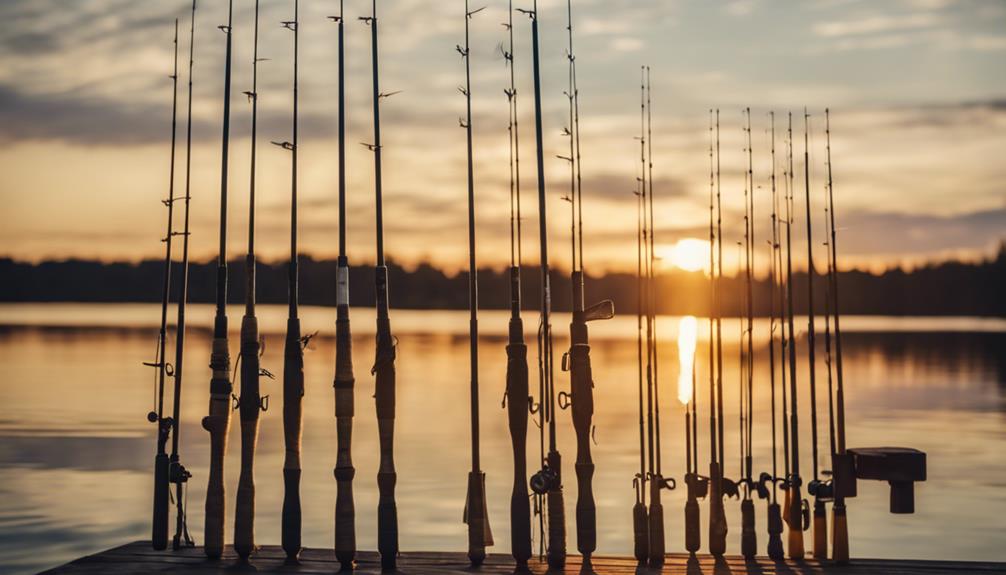Fly fishing is a beloved pastime for many anglers who appreciate the tranquility of nature and the thrill of the catch. One of the most innovative and efficient ways to enhance your fly fishing experience is through the use of a fly fishing float tube. In this comprehensive guide, we’ll explore everything you need to know about fly fishing float tubes, their benefits, how to choose the right one, and tips for maximizing your fishing adventures.
What is a Fly Fishing Float Tube?
A fly fishing float tube is an inflatable fishing craft that allows anglers to float on the water while casting their lines. Typically designed for comfort and mobility, float tubes have a seat and backrest that keep the angler above the water, providing excellent stability and ease of movement. These tubes are equipped with various features, such as storage compartments for gear, rod holders, and even pockets for personal items. The design enables fishermen to access hard-to-reach areas in lakes and ponds, making them an ideal choice for those looking to enhance their fly fishing experience.
Benefits of Using a Float Tube for Fly Fishing
One of the primary reasons anglers opt for a fly fishing float tube is the unique advantages it offers. Float tubes provide excellent maneuverability, allowing you to navigate through shallow areas and tight spaces that larger boats cannot access. Additionally, they are lightweight and portable, making them easy to transport and store. Float tubes also tend to be more affordable than traditional boats, which is a significant benefit for budget-conscious anglers. Furthermore, being closer to the water enhances the fishing experience, providing a more intimate connection with the environment.
Choosing the Right Fly Fishing Float Tube
When selecting a fly fishing float tube, several factors come into play to ensure that you choose the best option for your needs. Firstly, consider the size and weight capacity of the float tube, as this will affect your comfort and stability. Look for a float tube that accommodates your body size and gear. Additionally, pay attention to the material and construction; durable, puncture-resistant materials will ensure longevity. Features like built-in storage, adjustable seating, and rod holders can enhance your fishing experience. Lastly, don’t forget to consider portability; a lightweight design is essential for easy transportation.
Essential Gear for Fly Fishing with a Float Tube
Equipping yourself with the right gear is crucial for a successful day of fly fishing from a float tube. Alongside your fly fishing float tube, you’ll need a quality fly rod and reel, appropriate fly lines, and a selection of flies tailored to the local fish species. A personal flotation device (PFD) is also a must for safety, even in calm waters. Additionally, consider bringing a fishing net for landing fish, a waterproof tackle bag for organizing your flies and gear, and a hydration system to keep you refreshed throughout the day. Preparing ahead with the right gear will make your float tube fishing adventure more enjoyable and productive.
Safety Tips for Float Tube Fishing
Safety should always be a priority when engaging in any water activities, including fishing from a fly fishing float tube. Always wear a personal flotation device to ensure your safety in case of unexpected circumstances. Before heading out, check the weather conditions and be aware of potential hazards, such as strong currents or inclement weather. It’s wise to let someone know your fishing plan and estimated return time. Using a whistle or signaling device can be helpful in case of emergencies. Remember to stay hydrated and protect your skin from sun exposure with sunscreen and a hat.
Techniques and Strategies for Success
To maximize your success while fly fishing from a float tube, mastering specific techniques and strategies is essential. Start by scouting potential fishing spots before launching your tube; look for areas that have structure, such as submerged rocks or weeds, as these often attract fish. Once on the water, practice casting at various angles and distances to cover more ground. Slow retrieves can be particularly effective in enticing fish, especially in warmer waters. Utilize a variety of flies to determine which ones are most appealing to the local fish species. Lastly, don’t hesitate to experiment with different depths, as fish often move between shallow and deeper waters throughout the day.
Caring for Your Fly Fishing Float Tube
Proper maintenance of your fly fishing float tube will ensure its longevity and performance. After each use, rinse the tube with fresh water to remove any dirt, debris, or saltwater that may have accumulated. Inspect the fabric for any signs of wear or damage, and patch any punctures promptly with a repair kit designed for inflatable crafts. Store your float tube in a cool, dry place away from direct sunlight to prevent deterioration. Regularly check the inflation valves to ensure they are functioning properly. Taking these steps will help maintain the integrity of your float tube for many fishing seasons to come.
Conclusion: Elevate Your Fly Fishing Experience with a Float Tube
In conclusion, incorporating a fly fishing float tube into your fishing toolkit can significantly enhance your experience on the water. With their portability, affordability, and unique advantages, float tubes allow anglers to explore new fishing grounds and improve their catch rates. By selecting the right float tube, equipping yourself with essential gear, and practicing effective fishing techniques, you’ll be well on your way to enjoying countless successful fishing adventures. Embrace the serenity of fly fishing from a float tube and discover the joys it can bring to your angling pursuits!
